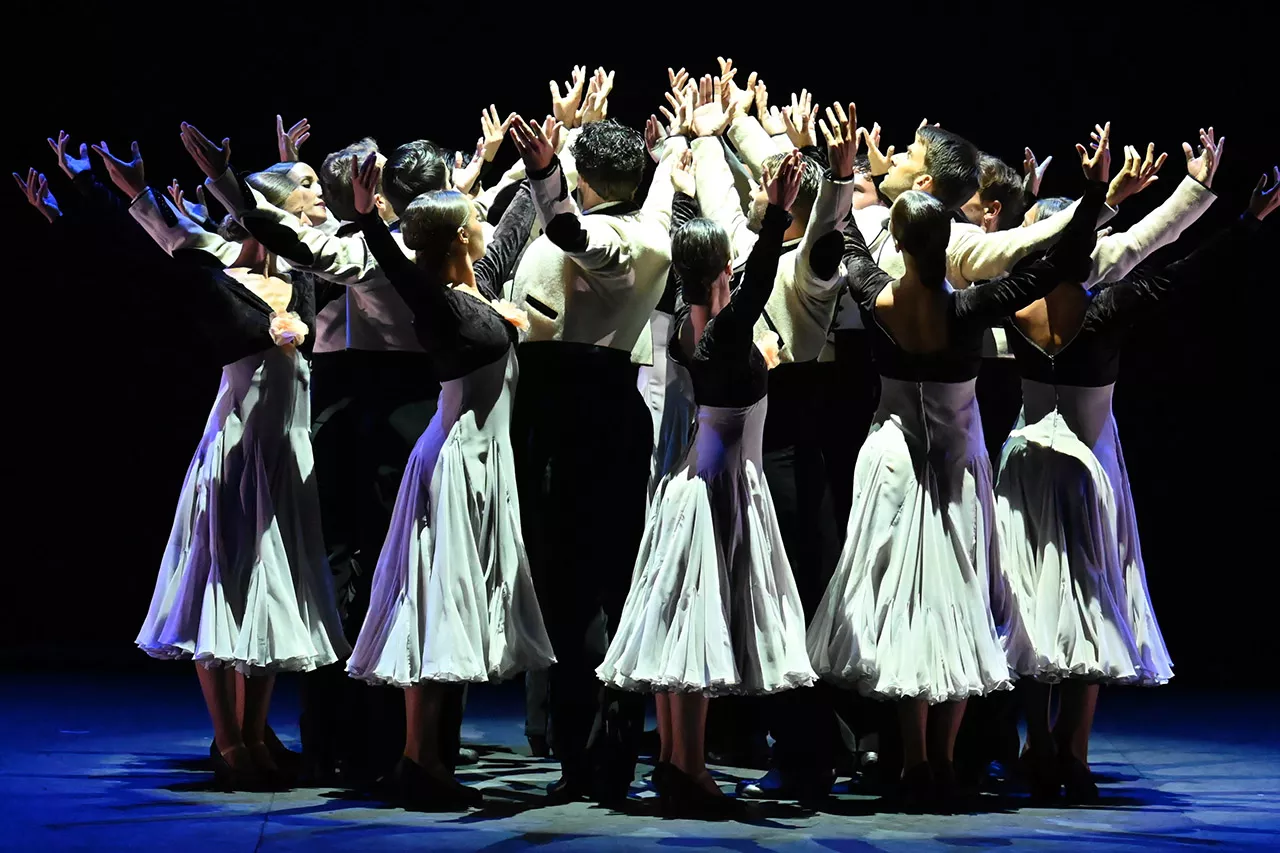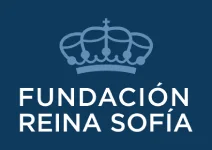
 Tickets
Tickets


Dance
Prelude
Ballet Charity Gala for Fundación Reina Sofía
Ballet Nacional de España
Rubén Olmo director
Generaciones
Ritmos
Choreography: Alberto Lorca
Music: José Nieto
Lighting design: Freddy Gerlache (AAI)
Lighting adaptation: Eduardo Solís, Asier Basterra
Sketch design: Pin Morales, Román Arango
Pastorela
Choreography: Antonio Ruz
Performance and choreographic collaboration: Inmaculada Salomón
Music: Manuel Blasco Nebra
Live Piano: José Luis Franco
Lighting design: Olga García (AAI)
Costume design: Alejandro Andújar
Estampas flamencas
Choreography: Rubén Olmo, Miguel Ángel Corbacho
Music: Enrique Bermúdez, Diego Losada, Víctor Márquez and popular music
Texts: Federico García Lorca, Gabriel de la Tomasa, Juan Jose Amador and popular lyrics
Staging and audiovisuals: José Maldonado
Lighting: Felipe Ramos
Performance without intermission
The Gala will be presided by Her Majesty Queen Sofía, President of Honor of the Festival

With the collaboration of the INAEM-Ministery of Culture and the Board of the Alhambra and the Generalife
The profits will be devoted to the research of neurodegenerative diseases: Alzheimer, Parkinson, Huntington and lateral amyotrophic sclerosis (ALS).
Cooperate with the Fundación Reina Sofía via:
Online Donations
www.donacionesfundacionreinasofia.es
Bank Transfer
State in “Concept” your name, surname (or business name) and DNA, to the bank account: IBAN ES08 0049 1892 6322 1020 5560
Tradition and Renewal
The National Ballet of Spain directed by Rubén Olmo presents a mixed program which revives the classics without losing sight of the new choreographies. The performance opens with Ritmos (Rhytms), a masterpiece by Alberto Lorca and José Nieto, where the rhythmic tapping of heels, the vibrant pirouettes and the character of the castanets create a full display of sound and movement. It is followed by Pastorela, by Antonio Ruz, a solo in which the dancer Inmaculada Salomón navigates, without prejudice, from the bolero school to the stylized and the contemporary dance, making Goyaesque cadences and deconstructions coexist with the tendencies of today’s dance. And finally, Estampas flamencas (Flamenco Prints), pieces by Rubén Olmo and Miguel Ángel Corbacho, inspired by the style, aesthetics and character of the great Antonio Ruiz Soler, very linked to the history of the dance in this Festival. The choreographies explore traditional flamenco trends from its origins both in the costumes and in the music.